Easter in Bethlehem
Dear Friends,
Belated holiday greetings - Happy Easter, Happy Passover, and Eid Mubarak to all. Some of you have asked about Easter in Bethlehem. It was indeed exciting to be here, and this year, Eastern and Western Easter fell on the same day.
From Handmade Palestine: “Easter in Palestine is special. It’s the land where the story began — where Jesus walked, taught, and rose again. The First Christians were here, and their descendants are still here, still holding onto their faith, their roots, and their identity — even in the face of war, occupation, and displacement.
One of the most powerful Easter traditions in Palestine is Sabt al-Nour — Saturday of Light. Every year on the Saturday before Easter, people gather at the Church of the Holy Sepuchre in Jerusalem to witness the Holy Fire — a flame that emerges from the tomb of Christ, symbolizing his resurrection and the return of light.
From there, candles are lit, bells ring, and the flame is passed from person to person, traveling across cities, towns, and even borders. In a land that knows so much sorrow, Sabt al-Nour is a moment of pure light and hope.”
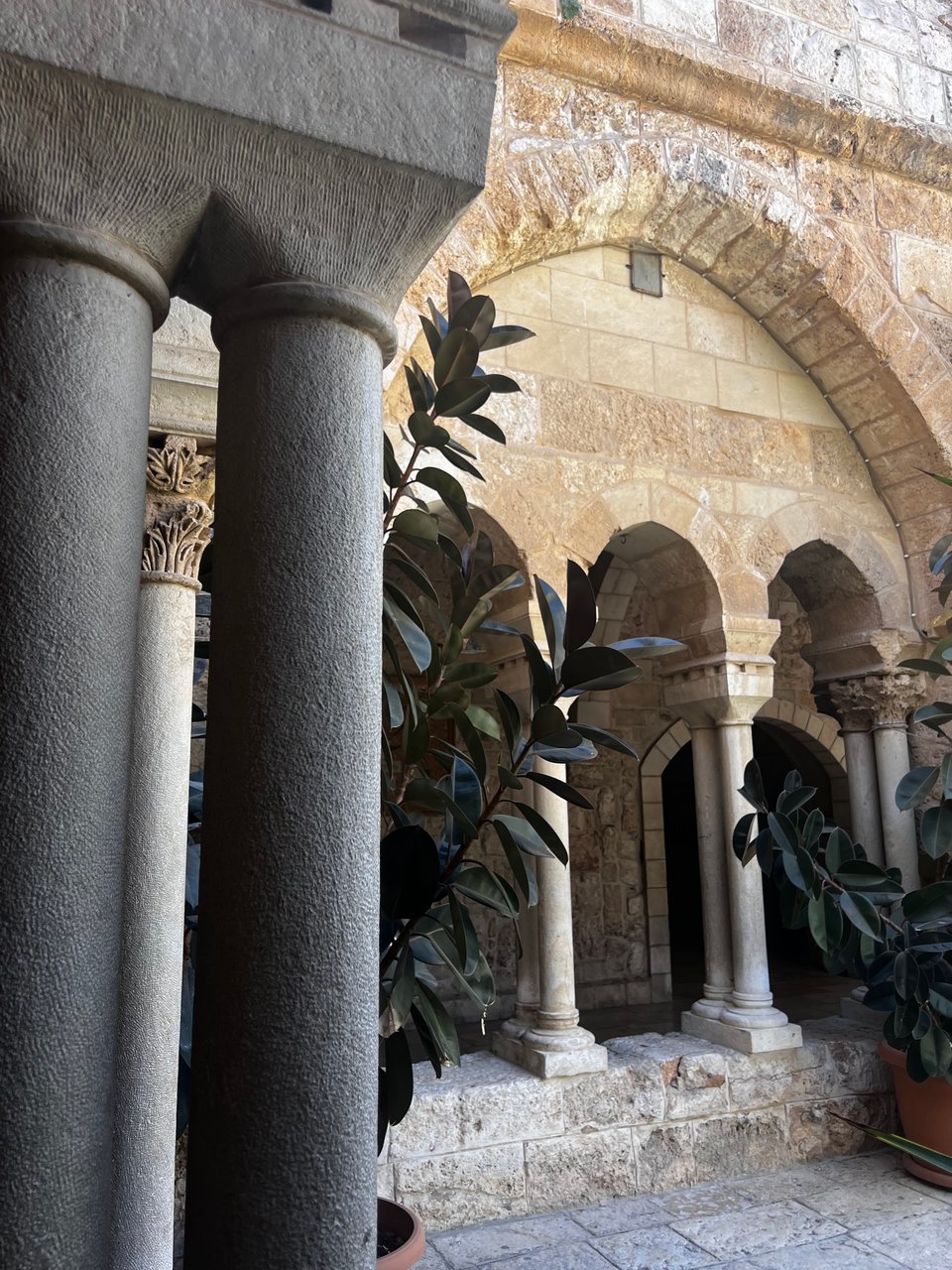
The flame travels from Jerusalem to the Church of the Nativity in Bethlehem, where Christ was born, and from here to every Christian church across Palestine and to other parts of the Arab world: Syria, Jordan, Lebanon, and Egypt. This is the second year that the flame sadly could not go to Christians in Gaza, about 50 miles away.
In better times, the flame is met with a parade wherever it goes. For the last two years, there have been only subdued celebrations in the churches, where people gather to share the light. Palestinians are not celebrating in the face of genocide.
On Saturday, I waited with the crowd at the Church of the Nativity here in Bethlehem. People spoke about where the flame was on its journey - including for about 30 minutes when it was stopped at a checkpoint.
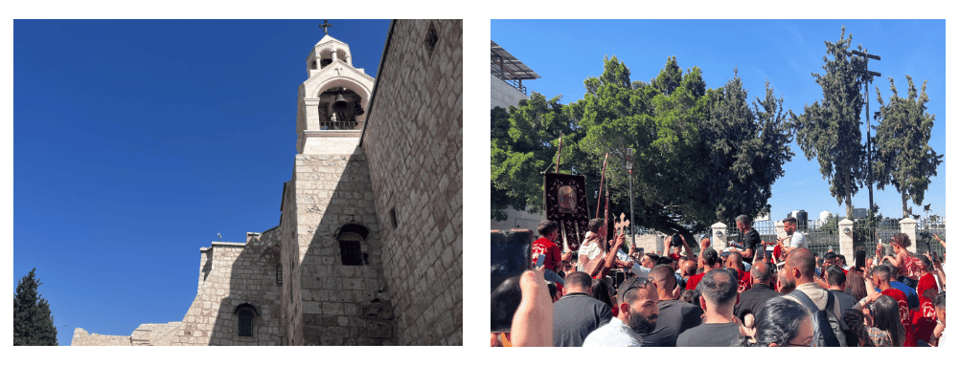
In Bethlehem, we can see the lights of Jerusalem. It’s just a 25-minute drive away, but Israel does not welcome Palestinians there (whether Muslim or Christian), and most Palestinians are not able to go to Jerusalem. One Christian family I met here wanted to pray at the Church of the Holy Sepulchre this Easter. Two parents and three daughters, ages 4, 11, and 14, applied for permits from Israel. They were all denied - except the 14-year-old. (Obviously, she did not go.)
On Easter Sunday, I attended a beautiful service at the Evangelical Lutheran Christmas Church here, home of Reverend Dr. Munther Isaac. Reverend Dr. Isaac is known for, among other things, a powerful sermon he gave in December 2023 called Christ in the Rubble. The church is stunning in its power and grace.
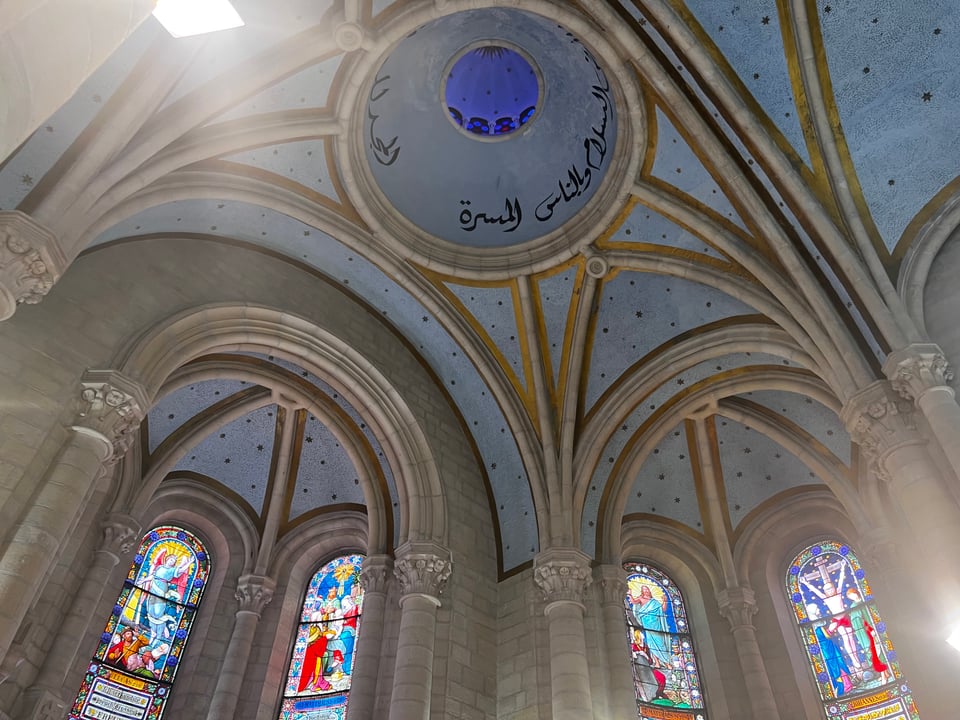
As I left to attend the Easter service, a Muslim Palestinian friend said, ‘pray for us’. I took that to heart. The service was quite an emotional experience for me.
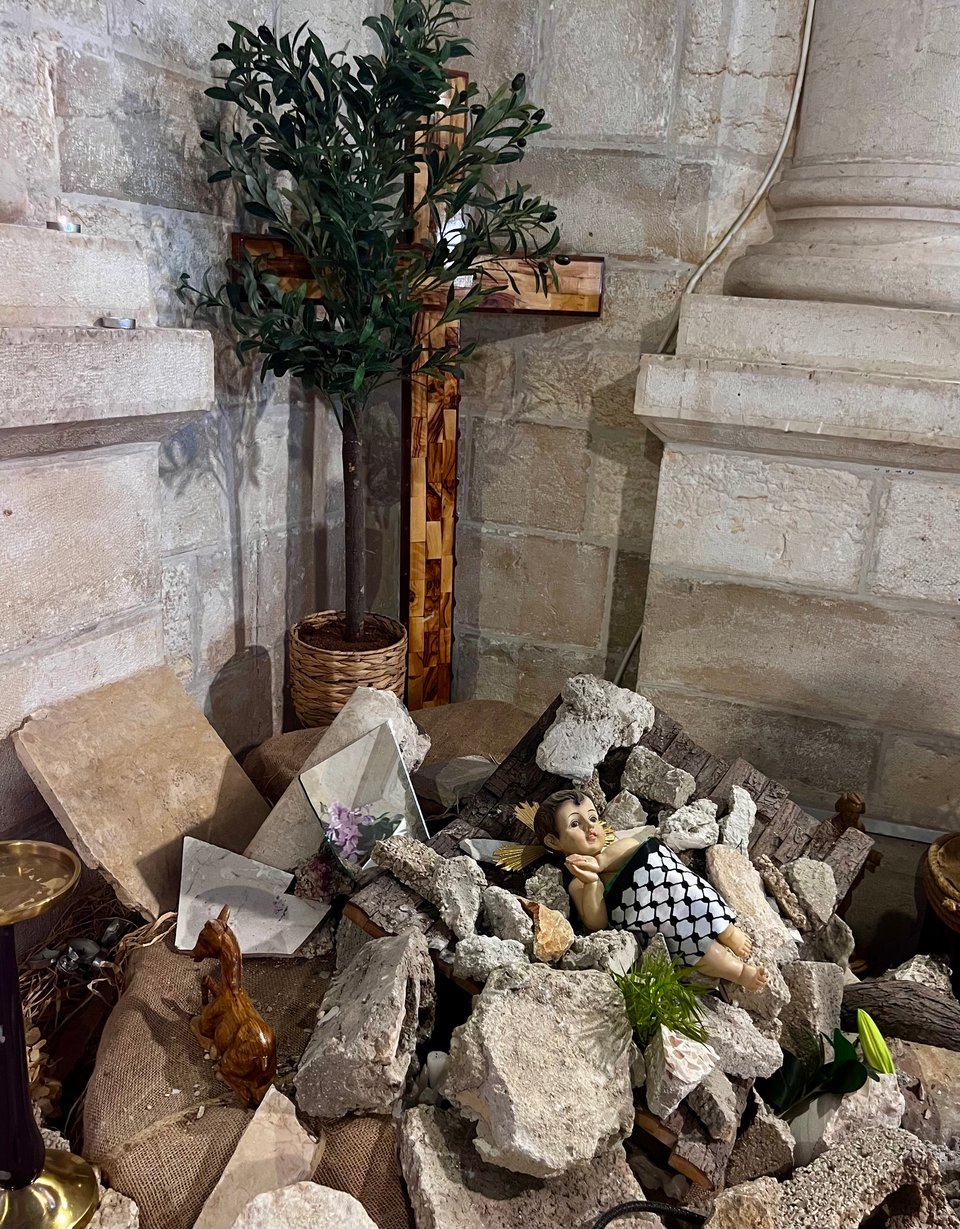
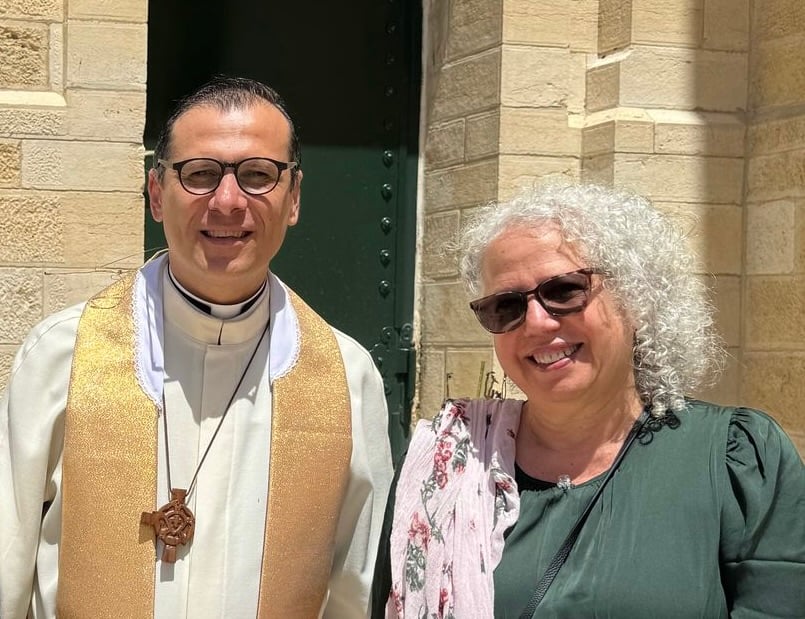
After the service, the church held a lovely reception for congregants and guests. I spoke with an American woman there from Queens, New York, 74 years old. She moved to Palestine last year as part of a spiritual journey. She told me about an experience she had recently, one that I’ve heard about from many Palestinians, and that I will write more about soon. Four weeks ago, she was in her apartment, in bed, near the Old City of Bethlehem. With no warning, Israeli soldiers broke down her front door, and she found herself face to face with them in her bedroom. She was terrified. With guns pointed, they asked her questions: her name, what she was doing here, was anyone else there? They searched the apartment, overturned some things, found no one, and left.
Most of the sermon was in Arabic. I wasn’t able to write down what I heard in English. So I will end with these words from Reverend Dr. Isaac’s sermon from December 2023:
“The world is watching; Churches are watching. Gazans are sending live images of their own execution. Maybe the world cares? But it goes on…
We are asking, could this be our fate in Bethlehem? In Ramallah? In Jenin? Is this our destiny too?
…
In the shadow of the Empire, they turned the colonizer into the victim, and the colonized into the aggressor. Have we forgotten that the state was built on the ruins of the towns and villages of those very same Gazans?”
Salaam,
Nancy